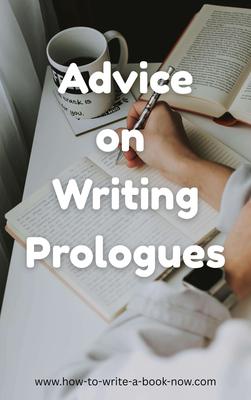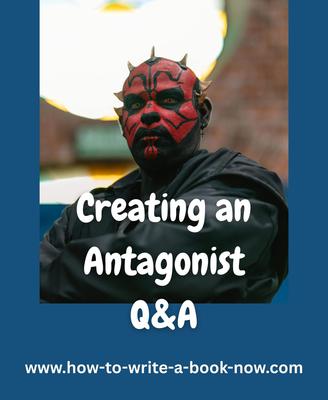The Impact Character
by Amanda
(Texas)
Question: I just finished reading your article on Writing an Outline, and the only snag I've really encountered in it is the Impact Character Throughline. I think I know who it is in my story, yet I've only come up with one signpost. I'm not sure I understand who the impact character is. Can you give some examples of impact characters from other stories, and maybe some tips on filling in the signposts?
Answer: The impact character will be the person who offers the main character an example of a different approach - or argues for a different approach - which creates the main character's inner conflict. ("Should I do what I know to do, or do what he would do?")
The MC's choice of whether to change or stay steadfast determines whether he/she can achieve the story goal.
Examples...
Obi wan Kenobi is the IC to Luke Skywalker, urging him to trust his feelings/the Force rather than his senses/anxiety.
Voldemort is the IC to Harry Potter. While Harry always risks his life to save others, Voldemort kills others to preserve his own life.
Peeta is the IC to Katniss in the Hunger Games. While Katniss generally takes a pragmatic approach for the sake of her family's survival, including letting the Games change her, Peeta will risk his own safety to help her and cling to his own identity.
Twilight - Edward is IC to Bella, giving her an example of who she might become.
Often, the IC is either the antagonist, the love interest, or a mentor figure. But any character can be the IC.
It's actually a fun game to watch movies or read books and try to spot the impact character. Look at the decision the main character makes at the climax. Does he stay the same or follow someone else's example/urging? The IC will be the one creating the choice.
Generally, the IC's signposts chart the progress of his influence on the main character. The first signpost is when the main character first sees the IC taking a different approach. The second signpost may have the IC's example put more pressure on the MC to change. Third signpost will be the IC's strongest argument. Fourth signpost will show how things turn out for the IC.
Bear in mind that the IC isn't necessarily trying to influence the MC (although that can be the case). It may be that the MC simply observes the IC, sees how he tackles problems, and then is forced to evaluate whether the IC's approach is the right one for the MC to take.
- Home
- Writing Questions
- The Impact Character















